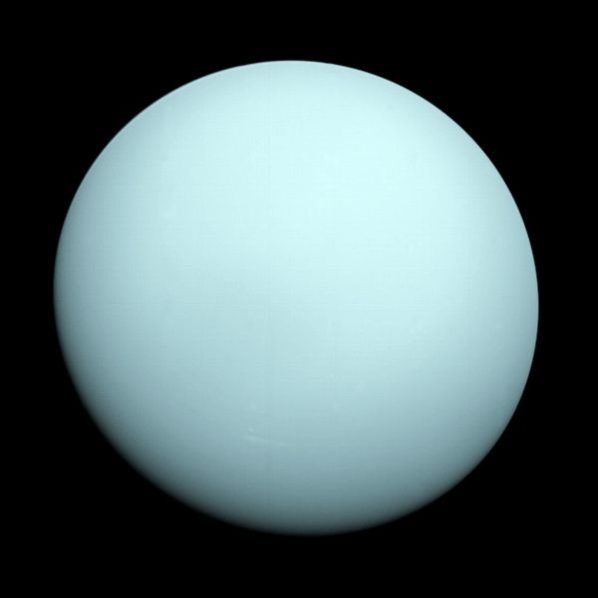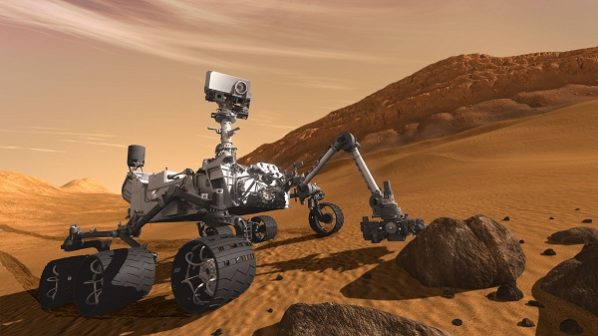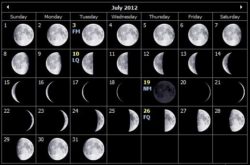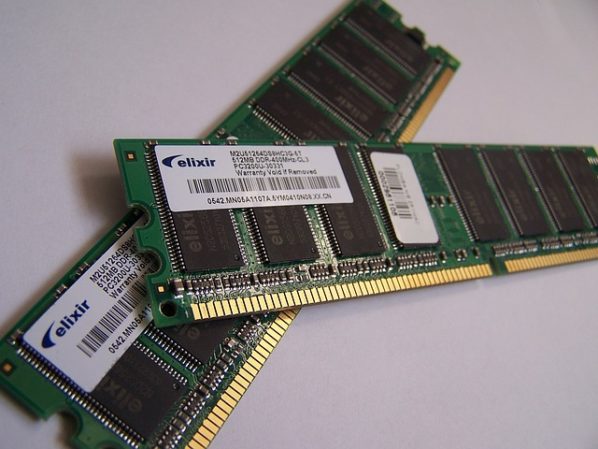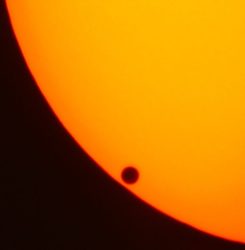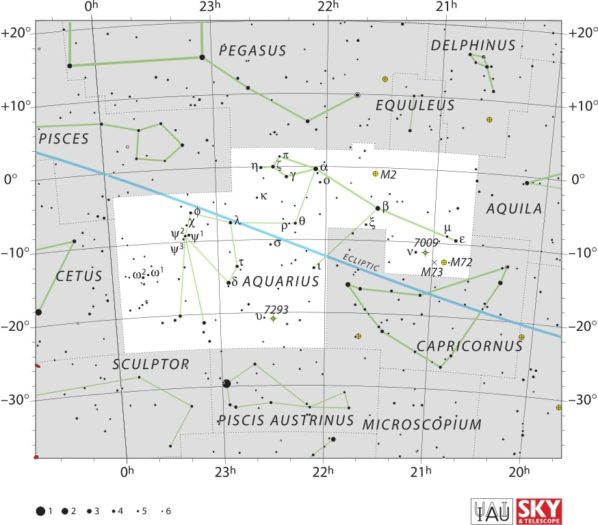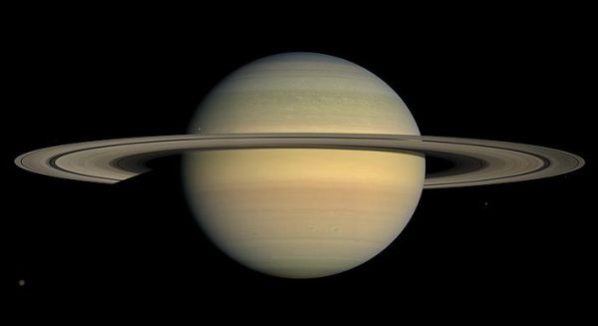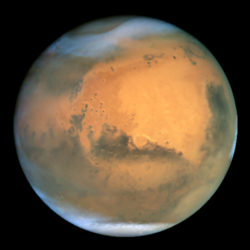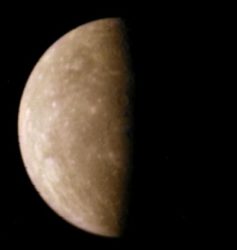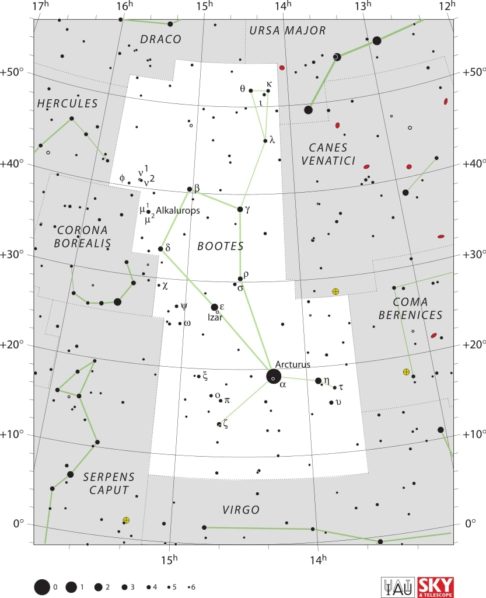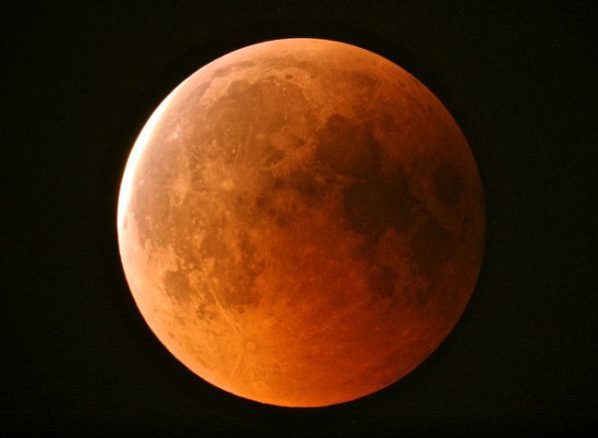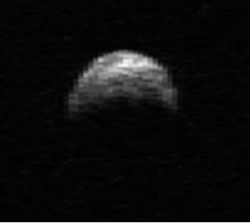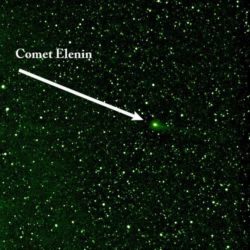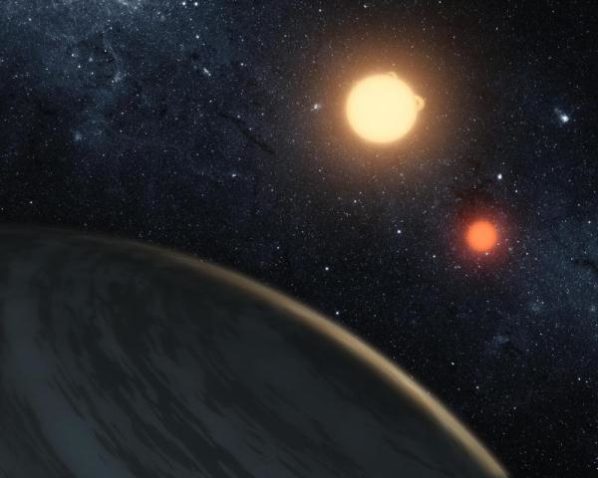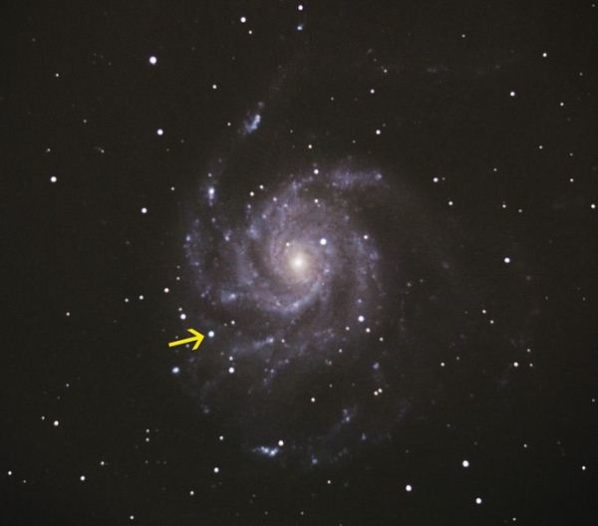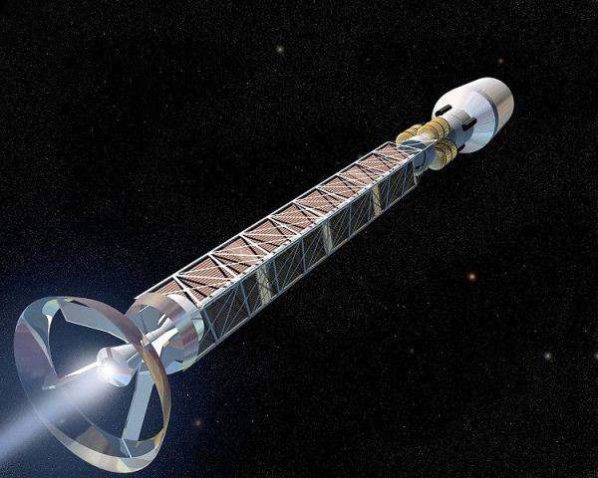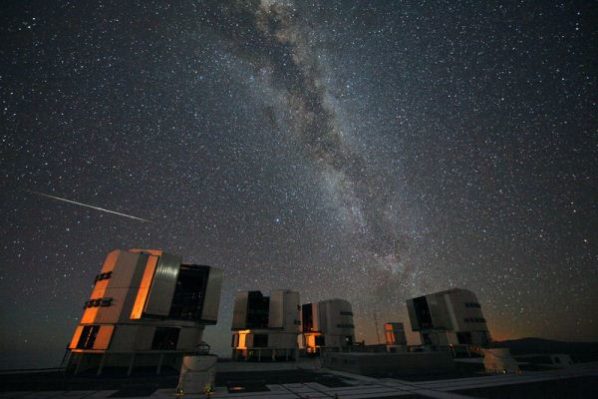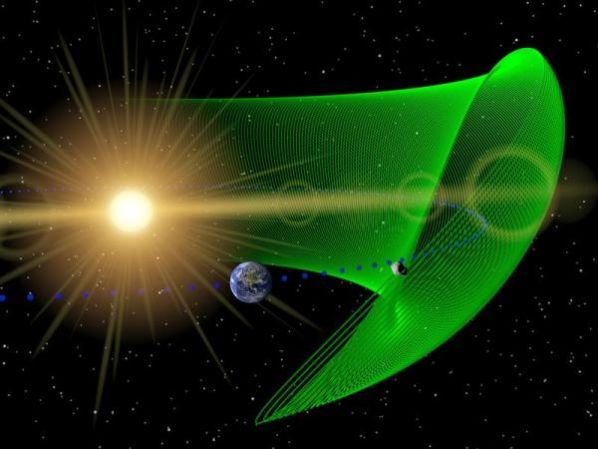The Lincoln MKZ’s Hightech Sunroof
If you are in the market for a new luxury model sedan to show off to your friends, then the Lincoln MKZ with the option of a panoramic new high tech sunroof. Not only is the Lincoln MKZ a beautiful, sleek car, but it has the features that you want in performance, safety and durability. Stats of the Lincoln MKZ sedan This car is turbocharged with a 2.0 liter, four cylinder engine with variable valve timing. It is rated at 33 miles per gallon on the highway and 22 miles per gallon on city roads. It is powerful with 240 horse power and 270 feet pound of torque at 3,000…
Monthly Stargazing Calendar for September 2012
By the end of the month on September 29, Uranus will be at opposition. The gas giant will be at its closest approach to Earth and its face will be fully illuminated by the Sun. This makes it the best time to view Uranus. Due to its distance, it will only appear as a tiny blue-green dot in all but the most powerful telescopes.
Monthly Stargazing Calendar for August 2012
This month will be very eventful when it comes to astronomy and space exploration. First off on August 6 the Curiosity Rover, also known as Mars Science Laboratory (MSL), is scheduled to land on the red planet at 5:31 AM UTC.
Using Social Media for College Recruiting
In the past, colleges seeking to recruit students spent a lot of money and time traveling to high schools, and sometimes conventions, all over their surrounding region. At the high schools or conventions, many were allowed to set up a table or a give a presentation promoting the college and interacting with potential recruits. Gas and planning expenses, as well as traveling salary for recruiters who often had other duties to fulfill at the office were extremely costly to colleges. There was also the expense of extensive promotional materials to catch the attention of students. The Impact of Social Media Social media created a new opportunity for colleges to save…
Monthly Stargazing Calendar for July 2012
Most of this month will be rather uneventful when it comes to astronomical events, but at the end of the month, on July 28 and 29 we will witness the Southern Delta Aquarids Meteor Shower. The Delta Aquarids can produce about 20 meteors per hour at their peak.
How to Run A Memory Test
There are a number of sites on the web which were created to assist computer users in running memory tests and debugging memory problems with their personal computers. They will help you to automatically complete these tests, but if you must do them manually, here are some tips.
Monthly Stargazing Calendar for June 2012
Today on June 5 we will have the chance to witness the transit of Venus across the Sun. This extremely rare event will be entirely visible throughout most of eastern Asia, eastern Australia, and Alaska.
Monthly Stargazing Calendar for May 2012
On May 5, 6 we witnessed the Eta Aquarids Meteor Shower. It is a a light shower, usually producing about 10 meteors per hour at the peak. The full moon ruined the show this year, washing out all but the brightest meteors with its glare.
Monthly Stargazing Calendar for April 2012
On April 15 the planet Saturn will be at Opposition. The ringed giant will be at its closest approach to the Earth and its face will be fully illuminated by the Sun. It will be the best time to view and photograph Saturn and its moons.
Monthly Stargazing Calendar for March 2012
On March 3, Mars was at opposition. The Earth passed Mars as the two planets wheeled around the sun in their respective orbits. This time the opposition was an unfavorable one because Mars was at aphelion on February 15, which means it was at its farthest point from the sun.
Monthly Stargazing Calendar for February 2012
The best chance to see Mercury will be from February 20 to March 12. The planet will, from our point of view, have moved far enough from the Sun's glare to be visible shortly after sunset. Mercury will reach greatest elongation from the Sun on March 5, reaching a relatively bright magnitude of about -1.
Monthly Stargazing Calendar for January 2012
On the night of January 3 to 4 the Quadrantids meteor shower will peak. It is an above average shower, with up to 40 meteors per hour at the peak. The near first quarter moon will interfere with the show a little at first, but it will set shortly after midnight, leaving dark skies for what would then be a good show.
Monthly Stargazing Calendar for December 2011
On December 10 we will witness a total lunar eclipse. The best viewing location will be in the Asia-Pacific region, but the eclipse will still be visible throughout most of Europe, eastern Africa, Asia, Australia, the Pacific Ocean, and North America. Unfortunately the eclipse will not be visible in South America.
Monthly Stargazing Calendar for November 2011
This month we are expecting the flyby of Asteroid 2005 YU55. On November 8th, it will make a close approach to the Earth at 0.85 lunar distances. It has a diameter of about 400 meters so unfortunately it is too small to be visible to the naked eye.
Monthly Stargazing Calendar for October 2011
This month we were expecting to see a close approach of the comet Elenin. Unfortunately, the comet has recently lost in brightness and it seems that it is breaking up. Even these news haven't stopped all that doomsday nonsense in the blogosphere about this comet crashing into the Earth…
Tatooine-Like Planet Discovered Orbiting Two Suns
An exoplanet that orbits around two stars, known as a circumbinary planet, has recently been discovered by astronomers using the Kepler space telescope. The planet dubbed Kepler-16b has been compared to the planet Tatooine from Star Wars, due to the fact that it has two Suns in its sky.
Monthly Stargazing Calendar for September 2011
This month you can witness a supernova with just binoculars or a small telescope. The supernova is called SN 2011fe and has been discovered by astronomers on August 24 within hours of its explosion. It is located within the Messier 101 galaxy 23 million light-years away in the constellation of Ursa Major.
Antimatter Discovered Around Earth
A ring of antimatter, more specifically antiprotons, has been recently discovered around the Earth. Since antiprotons are charged sub-atomic particles, they are confined by the planet's magnetic field lines.
Monthly Stargazing Calendar for August 2011
This month on the 12 and 13 the Perseids Meteor Shower will peak. It is one of the best meteor showers to observe because it can produce up to 60 meteors per hour at the peak. You may also be able to see some meteors any time from July 23 to August 22.
Earth’s First Trojan Asteroid discovered by NASA’s WISE
NASA's WISE mission discovered asteroid 2010 TK7, an Earth Trojan, in a stable orbit around a Lagrangian point, possibly a future space destination.


